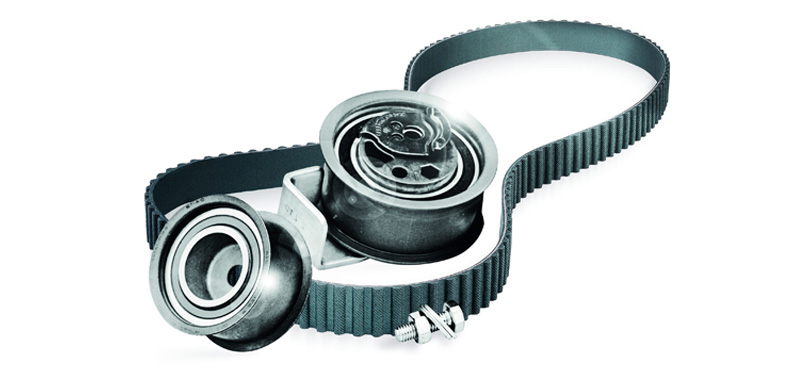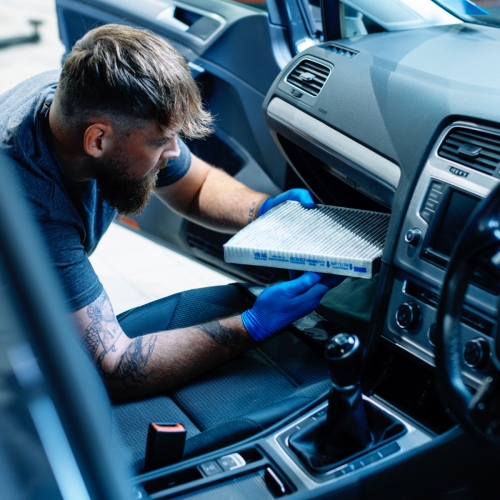Peter Grenfell, Paint & Body People Development Manager at Volkswagen Group UK, looks at why a good conversation about associated parts offers benefits for both you and your customers.
In an ideal world, this would be a typical customer conversation to ensure there are no unexpected surprises on their invoice. It’s simple, straightforward and informs the customer of a fact they probably aren’t aware of. That while they’re having work done on their vehicle there could be associated parts that need to be replaced. The point is that, although you could change the part without replacing the other items, to do so could well affect the safety and integrity of the vehicle as well as the warranty. That’s why we recommend that all associated parts are changed at the same time. As this sort of question will usually lead to a more detailed discussion. We want your customers to fully understand why having extra work done would be in their best interest. This helps build trust and customer retention. So, if stretch type bolts are involved, be sure to explain that they need to be replaced as they’re designed to only be used once, to be in line with Volkswagen Groups Factory Repair Methods. Or in the case of components such as bushes, these could well be quite worn so it’s best practice to replace them while other work is underway. The same goes for gaskets and seals; once disturbed they should be replaced when a new component is fitted. Failure to do so could cause premature wear on the new part.
These are just a few examples of the type of associated parts to think about when placing your order with TPS. Let’s look at other associated parts.
Driveshaft, Constant Velocity Joint, or Constant Velocity Boot replacement
When replacing of any of the above, the centre hub nut or bolt that retains the Constant Velocity Joint to the hub has to be removed. In extracting the drive shaft from the vehicle, once the assembly is removed, any of the three components that make up the complete assembly can be replaced. On reinstalling the assembly, the CV HUB nut (or bolt) needs to be replaced, as its built-in locking mechanism makes it a one-time use component. This is the case every time this assembly is removed.
Cambelt replacement
In order to gain access to the belt and the tensioner, removing the engine mounting is often required. During reassembly, the engine mounting bolts (one-time-use stretch bolts) must be replaced.
Shock absorber
If the shock absorber needs replacing, then there’s a good chance that the bushes will require replacing as well. Plus, depending on the vehicle’s age and mileage, it’s also advisable to replace the fixing nuts and bolts, especially if they’re a self-locking type.




